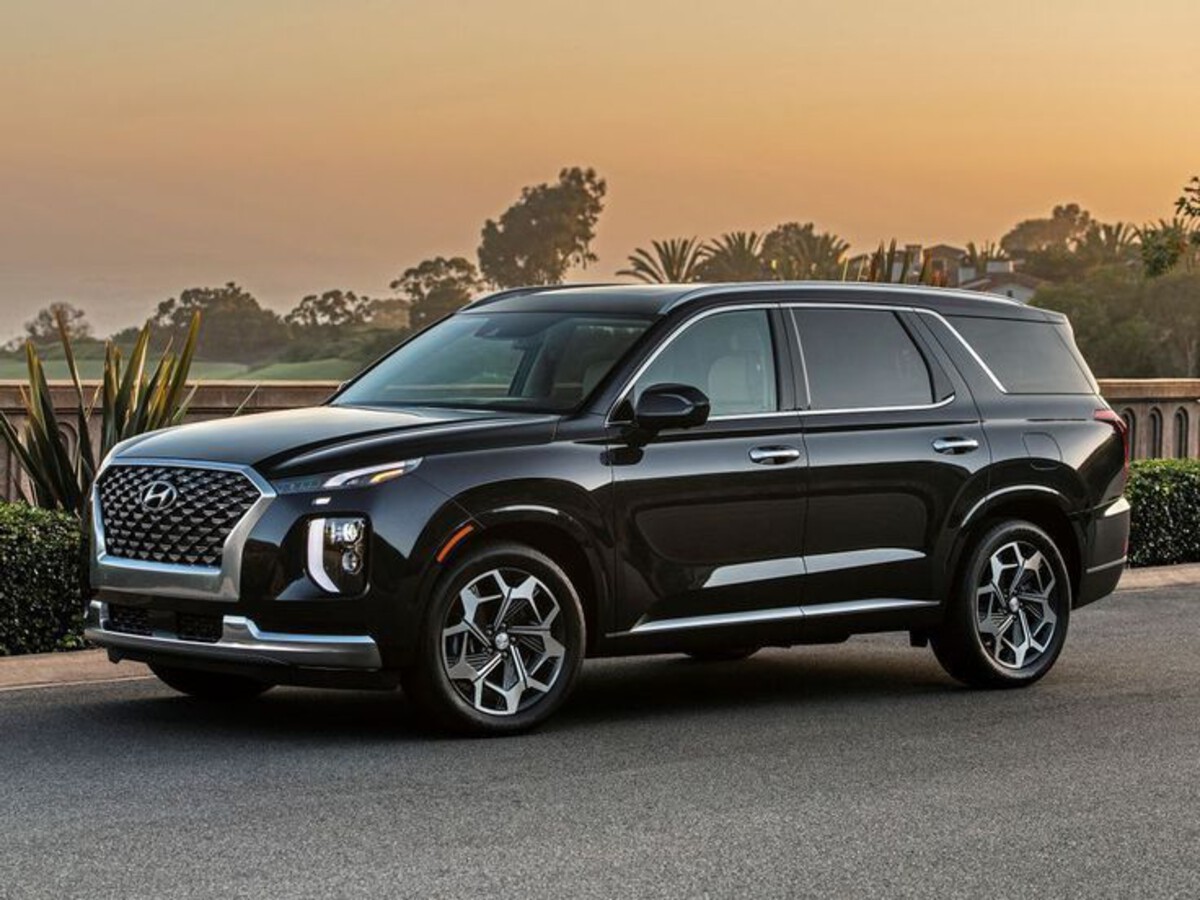When it comes to buying a large SUV, many families and drivers prioritize third-row seating. It seems like a convenient feature, especially when carpooling, taking road trips, or transporting multiple passengers. However, not all third-row seats are created equal.
Some SUVs offer a genuinely usable third row with enough legroom, headroom, and comfort for adults to sit through an extended drive without feeling cramped. Others, though, simply add a third row as a marketing feature. These cramped spaces are better suited for small children or emergency use rather than everyday practicality.
Many manufacturers boast about seating for seven or eight passengers, but too often that includes squeezing two full-grown adults into an uncomfortable, knee-hugging space in the far back. This leads to misleading assumptions about passenger capacity, leaving buyers frustrated when they realize the vehicle doesn’t match their real-world needs.
A truly functional third row can turn a three-row SUV into a versatile machine for large families, frequent travel, or even business transportation. On the flip side, an unusable third row just takes up cargo space and adds unnecessary bulk to the vehicle.
It’s not only about legroom. Ease of access, seat height, overall space, and the quality of materials in the third row all play a part in whether a vehicle’s third-row seating is suitable for adults.
Some automakers put effort into optimizing the design and layout for real comfort, while others treat the third row as an afterthought. This article breaks down five SUVs that offer third rows where adults can genuinely ride in comfort and five that fall flat when it comes to accommodating grown passengers.
Whether you’re planning a family vacation or regularly driving with a full load of people, knowing which SUVs are truly spacious and which ones just claim to be can save you from making an expensive mistake. Here’s a breakdown of five good ones and five you might want to avoid.
Also Read: 5 Trucks With the Best Storage Under Seats and 5 Wasting Space
5 SUVs with Roomy 3rd Rows Adults Can Use
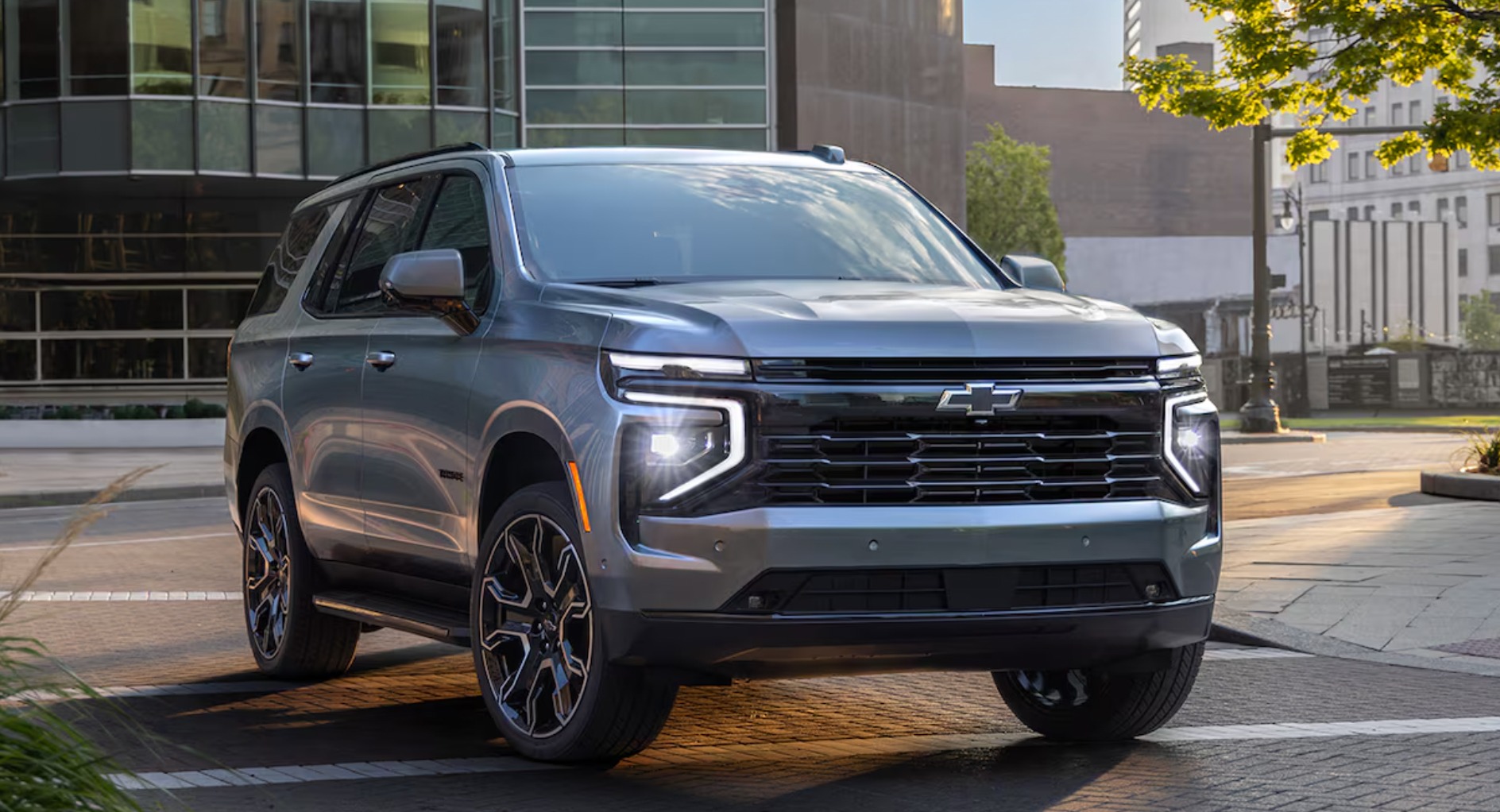
1. Chevrolet Tahoe
The Chevrolet Tahoe consistently ranks as one of the most spacious SUVs available with a usable third row. Built on a truck-like frame, the Tahoe offers generous dimensions across all three rows.
The third row in particular benefits from the vehicle’s length and boxy design, which creates a good amount of legroom and headroom. Adults can sit back there without their knees being pressed against the second-row seats, even on long drives.
Unlike many competitors, the Tahoe’s third-row seats are mounted higher off the floor, which means passengers don’t have to sit in a knees-up position that quickly becomes uncomfortable.
The seat cushions are supportive, and there’s adequate hip room so that larger adults don’t feel squished or trapped. The power-folding feature on higher trims also adds a touch of convenience, making it easy to switch between passenger and cargo needs.
Another factor that adds to the comfort is the second-row design. The Tahoe often comes with sliding second-row seats that allow for extra adjustment, making it easier to balance space between the second and third rows. This flexibility helps when traveling with a mix of adults and children or when everyone needs to be seated comfortably for longer periods.
Because of its platform, the Tahoe doesn’t sacrifice ride quality or comfort, even with a full cabin. The third row feels like an integrated part of the vehicle rather than a foldaway afterthought. Combined with a powerful engine lineup and towing capabilities, the Tahoe becomes a true family utility vehicle that doesn’t cut corners on passenger comfort.
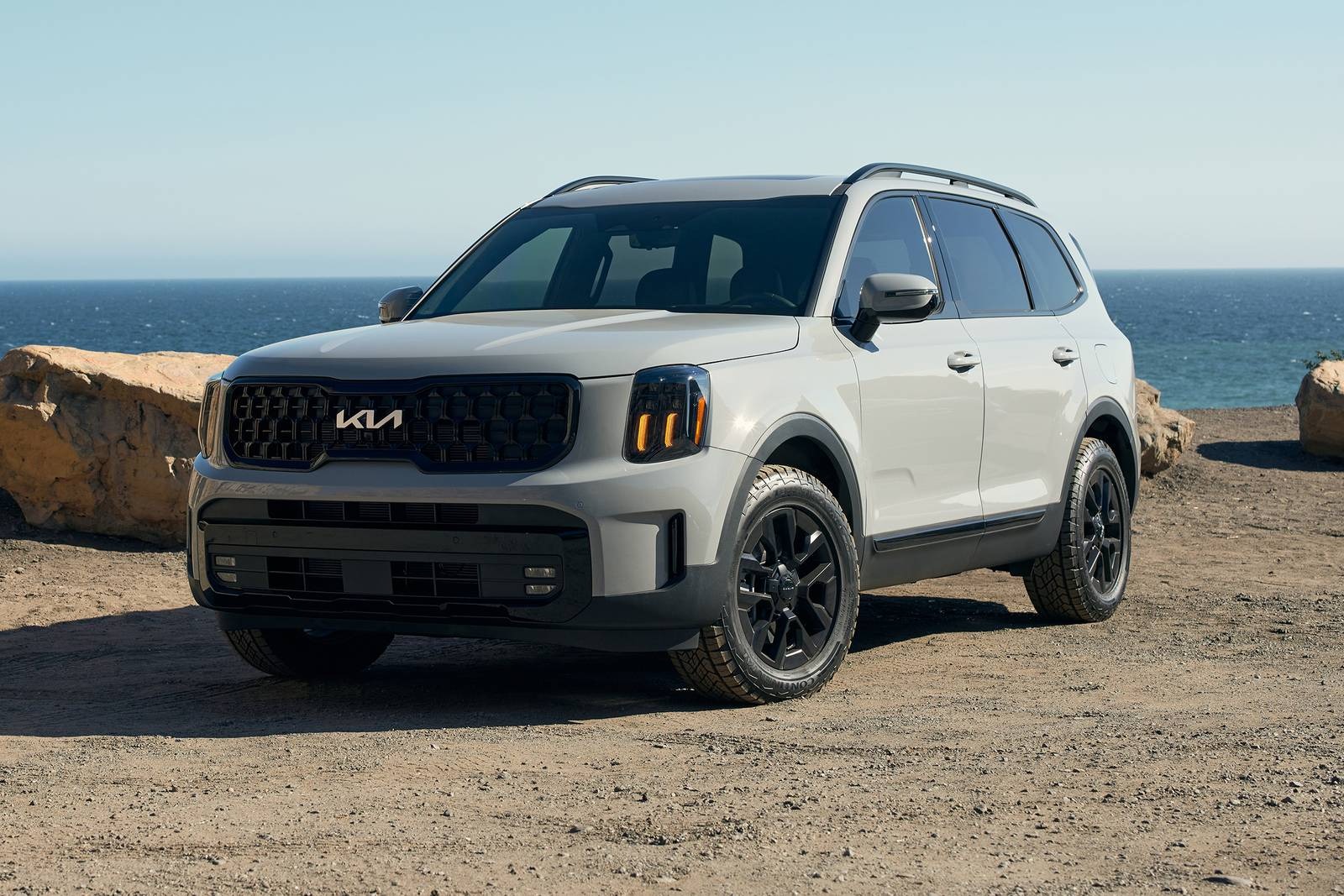
2. Kia Telluride
The Kia Telluride has been praised for its smart packaging and comfort-focused interior, and that reputation holds up especially well when it comes to its third-row seating. It offers one of the most adult-friendly third rows in the midsize SUV category, largely because of how effectively Kia has used its space. Even though the Telluride isn’t as massive as some full-size SUVs, the third row doesn’t feel like a punishment zone.
Passengers sitting in the third row get a surprising amount of headroom and legroom, especially for an SUV of this size. The seats are wide enough to seat two adults comfortably, and the materials used throughout the cabin don’t suddenly downgrade in the third row, which can often be the case in cheaper vehicles.
There’s also plenty of light thanks to rear windows and the available panoramic sunroof, making the back of the Telluride feel open rather than claustrophobic.
Accessing the third row is relatively easy, thanks to the one-touch sliding second-row seats. This is a crucial factor, especially for adults who may find cramped entryways and awkward step-in heights to be a challenge. Kia has done a solid job creating a vehicle that takes into account passenger comfort in every row rather than focusing solely on the driver and front passenger.
The Telluride’s third row is complemented by climate vents and USB ports, which many adults appreciate on long drives. These touches add a layer of convenience that makes the rear seating feel like a well-thought-out part of the vehicle design. For a midsize SUV, it punches above its weight in offering third-row practicality.
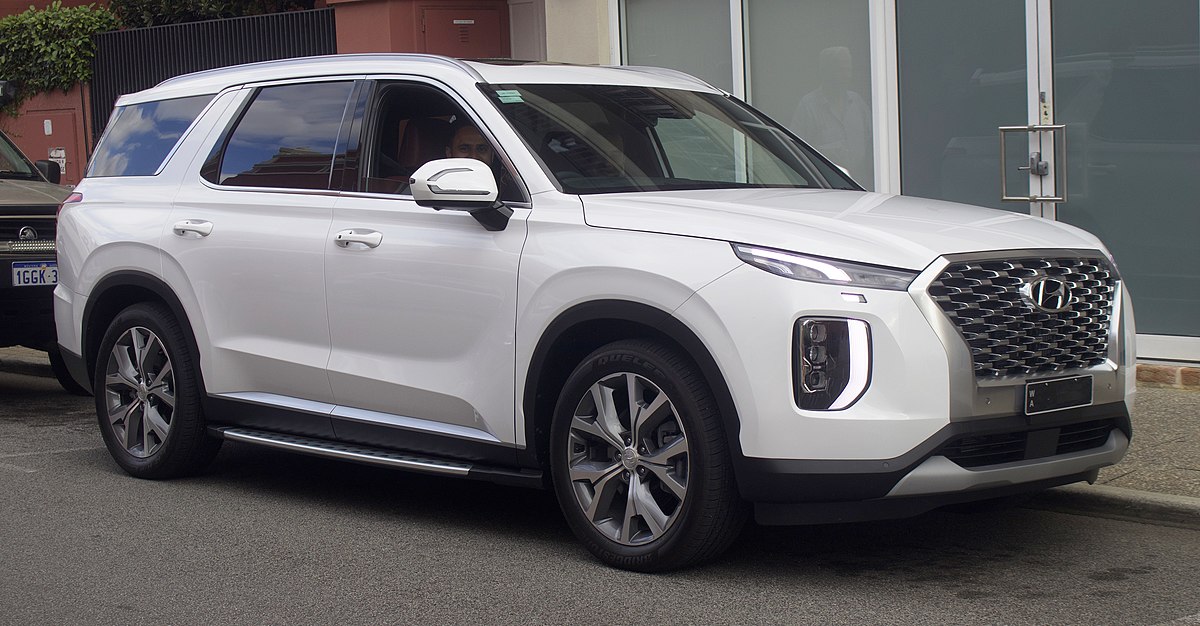
3. Hyundai Palisade
The Hyundai Palisade shares a lot with the Kia Telluride since they’re built on the same platform, but it earns its own place here thanks to distinct design choices and thoughtful engineering. The third-row seats in the Palisade are impressively spacious, even for adults who might otherwise be skeptical of rear-row comfort. Hyundai has made good use of every inch of interior volume, and it shows.
What sets the Palisade apart is not just space, but refinement. The third-row seats have a comfortable seating angle, decent cushion depth, and enough room for full-grown adults to sit without their legs being crammed. There’s also a surprising amount of legroom if the second-row passengers are willing to slide their seats forward just slightly. The result is a cabin that feels cooperative and adaptable to different groups of passengers.
Hyundai has also equipped the third row with thoughtful features that are rarely seen in competitors. There are individual air vents, USB ports, and even cup holders positioned conveniently. It gives the sense that the third row was designed for real people, not just theoretical ones. The premium finishes continue into the back, which is rare in this segment.
Loading people into the third row is straightforward, thanks to power-folding second-row seats on higher trims and wide rear doors. This matters a lot when trying to get older passengers into the back without too much contortion. For families with teenagers or adults frequently riding in the rear, the Palisade is one of the more well-rounded options available.
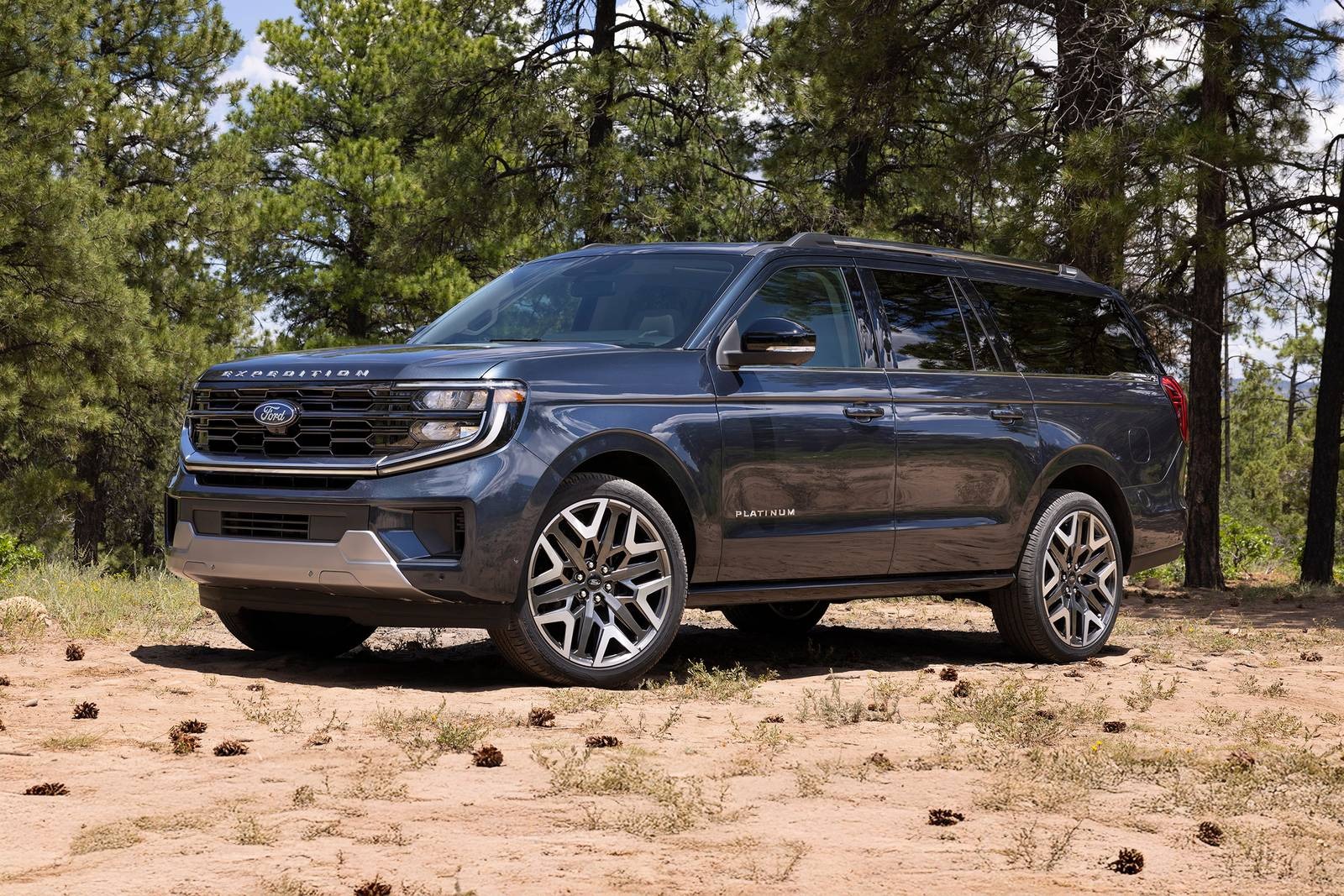
4. Ford Expedition
The Ford Expedition has long been considered one of the most comfortable three-row SUVs for large families, and its roomy third row plays a big part in that reputation. Unlike many vehicles that just tack on a third row for marketing appeal, the Expedition integrates it fully into the design. Even tall adults will find the rear seats comfortable for extended use.
The size of the Expedition is key. It’s a full-size SUV with the kind of width and length that gives each row of passengers genuine breathing room. The third row has enough space for adults to stretch out without brushing shoulders or knocking knees against the second-row seatbacks. The floor height is relatively low, so passengers don’t have to sit with their knees near their chest, a common problem in other SUVs.
The rear seats recline slightly, and the cushioning is well-done, making it possible for two or even three adults to sit comfortably, depending on the configuration. Optional second-row captain’s chairs make access to the third row even easier, especially for older passengers or those with limited mobility. There’s also a long-wheelbase version, the Expedition Max, which adds even more third-row comfort.
Ford hasn’t skimped on amenities in the back, either. Climate controls, air vents, and power ports extend all the way to the third row, making it a livable space rather than just an emergency option. If your goal is real utility with consistent comfort across all rows, the Expedition stands out as one of the top choices in the segment.
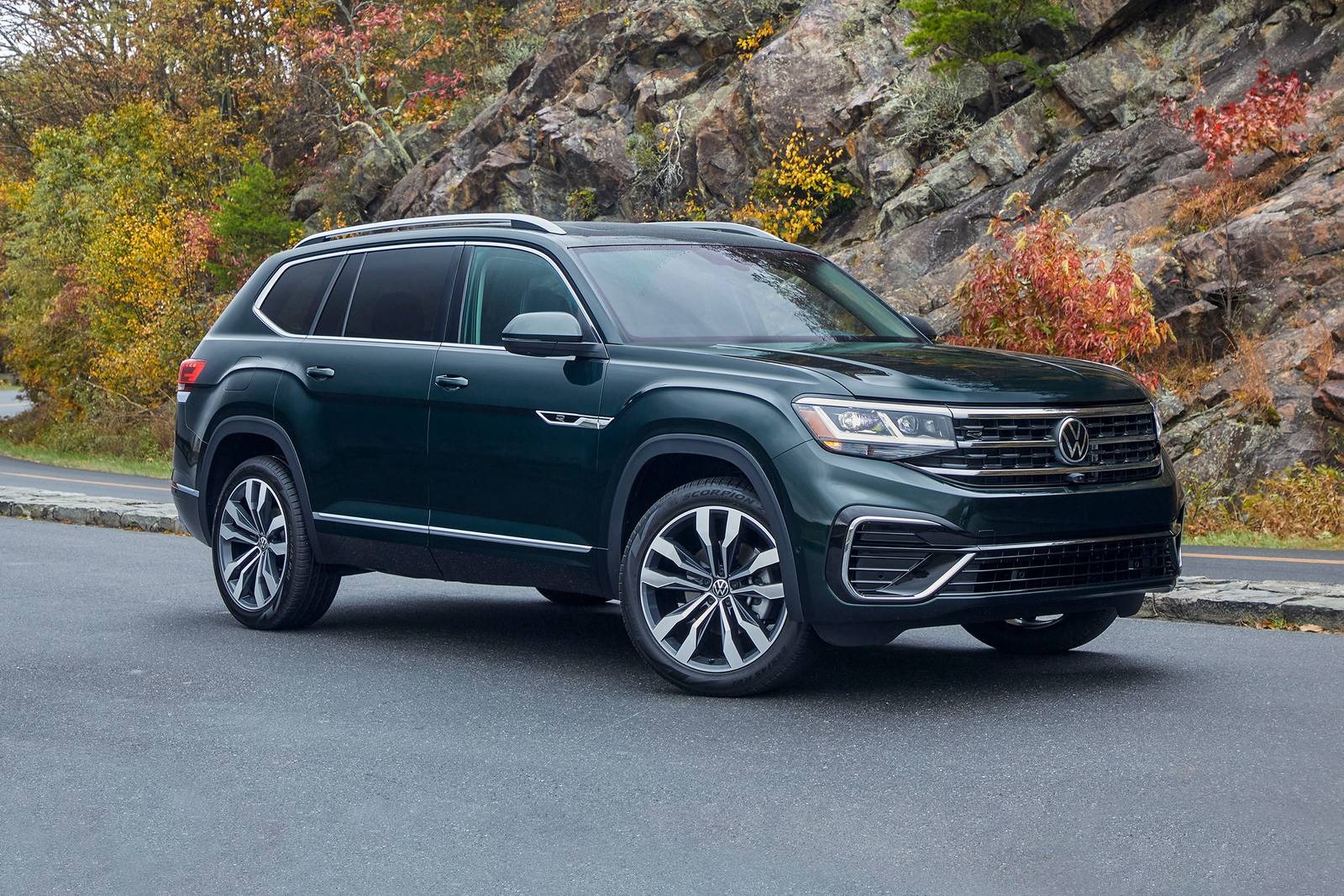
5. Volkswagen Atlas
The Volkswagen Atlas stands out in the midsize SUV category primarily because it offers one of the most adult-friendly third rows in its class. Designed with practicality in mind, the Atlas has a boxy shape that allows for impressive interior packaging. This translates directly into more usable space, particularly in the third row.
Even with the front seats set for tall drivers, adults can still find ample room in the rear-most seats. The Atlas offers a surprising amount of legroom, and the seat cushions provide enough support to sit through an entire road trip without complaints. What makes it more usable is that passengers don’t feel trapped or pressed in from the sides. There’s a good amount of width as well, which is rare in midsize SUVs.
Access is another strong point. The second-row seats slide forward even with child seats installed, and the wide rear doors give adults enough space to climb in and out without squeezing. These are small design details that have a big impact on daily usability, especially when dealing with adult passengers rather than children.
Volkswagen has also ensured that amenities are consistent throughout the vehicle. USB ports, air vents, and cup holders are available back, so third-row passengers don’t feel forgotten. For anyone who frequently carries adults in the third row but doesn’t want a full-size SUV, the Atlas is one of the best-balanced options available.
5 SUVs with Useless Back Seats
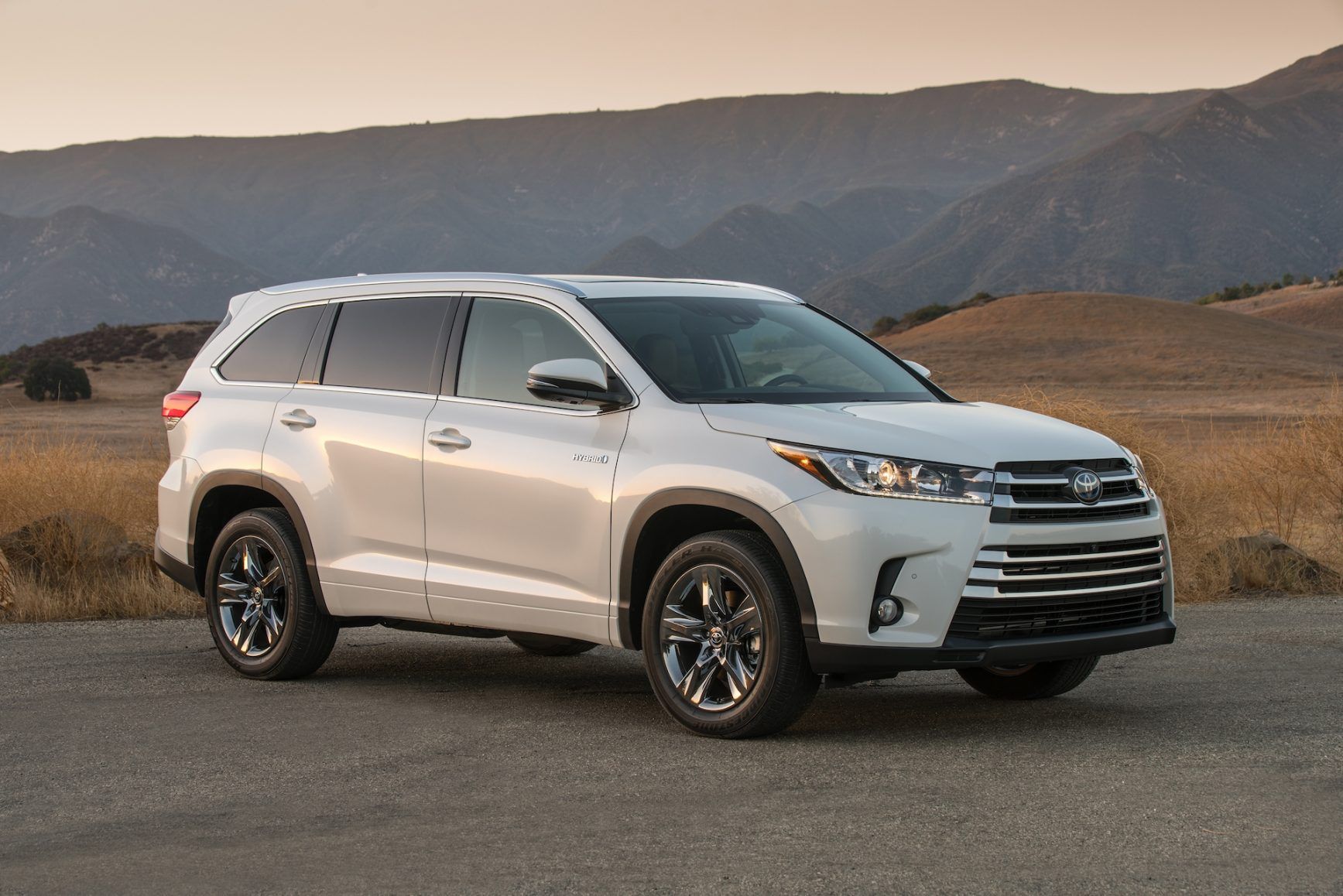
1. Toyota Highlander
The Toyota Highlander is one of the most popular midsize SUVs on the market, and for good reason. It’s reliable, efficient, and well-built. However, when it comes to third-row seating, it falls short in a big way.
While Toyota advertises the Highlander as a three-row SUV capable of seating up to eight, the reality is that the third row is better suited for small children or emergencies rather than adult passengers. The legroom is extremely limited, and the seat cushion is low to the floor, which causes adults to sit with their knees pulled up in an uncomfortable position.
In most configurations, the second-row seats don’t slide far enough forward to make the third row tolerable for anyone taller than five feet five inches. Even when you do try to carve out space by moving the middle row up, you end up compromising the comfort of second-row passengers, creating a domino effect of discomfort throughout the vehicle.
The width of the third row is also restrictive, making it a squeeze for even two smaller adults. What makes things worse is the narrow rear-door opening and awkward entry angle, which can make getting into the third row feel like a chore.
Another issue is that the design prioritizes cargo over third-row utility. When the third row is in use, cargo space virtually disappears, making it impractical for trips where you need both passenger and luggage space.
The third-row passengers are also left with minimal features, no dedicated vents on some trims, and very limited access to power or storage. It’s a clear sign that the third row was added for marketing rather than usability, which is disappointing given how strong the Highlander is in other areas.
For families who occasionally need to carry small children or carpool short distances, the third row in the Highlander might be passable. But for anyone expecting to regularly seat adults or larger teens in the back, it’s not a realistic option. If true, three-row utility is important; other SUVs are far more accommodating than the Highlander, despite its many other strengths.
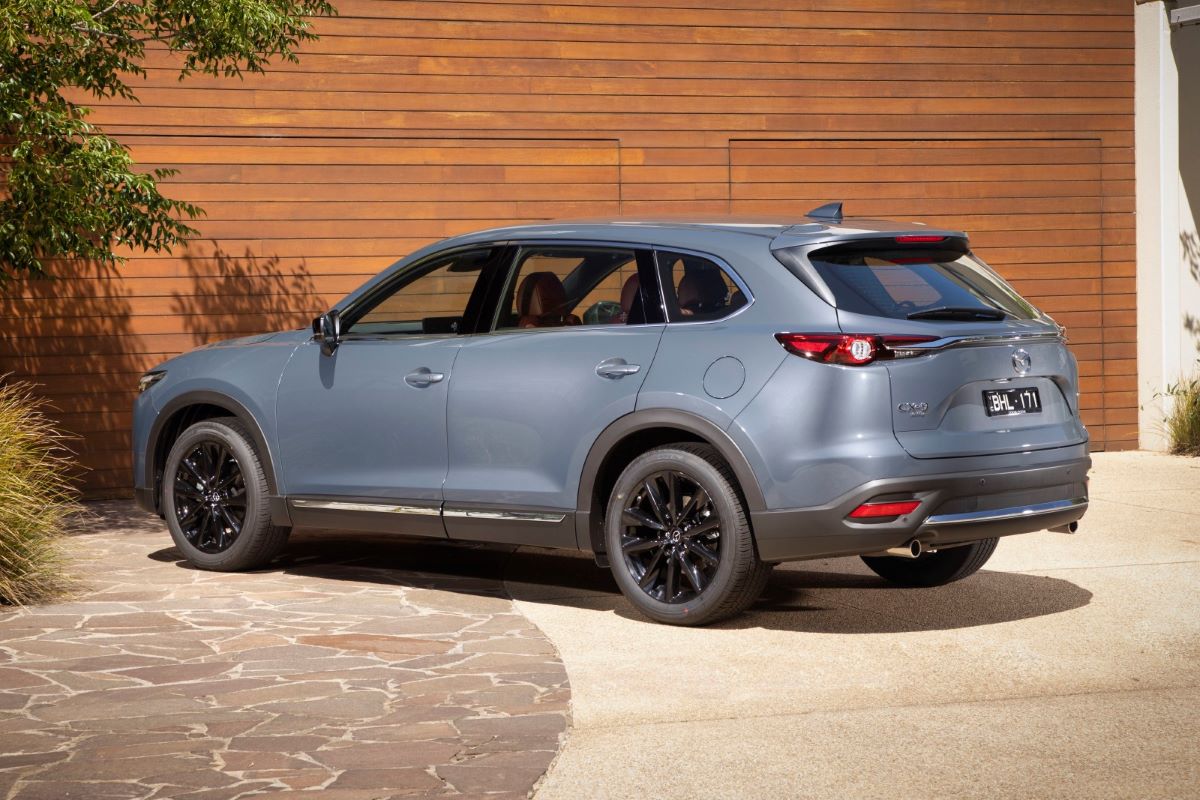
2. Mazda CX-9
The Mazda CX-9 is well known for its driving dynamics, upscale interior, and attractive design. It behaves more like a luxury crossover than a standard family SUV, which makes it appealing to a certain segment of buyers.
However, that sleek styling comes at a significant cost to practicality, particularly when it comes to the third-row seating. While Mazda promotes the CX-9 as a three-row vehicle, the third row is incredibly tight and almost unusable for adults, especially for anything beyond a quick trip across town.
The sloping roofline and compact rear dimensions limit both headroom and legroom in the third row. Adults attempting to sit back there will find themselves hunched forward with their knees pressed awkwardly into the second-row seatbacks.
Even medium-sized teens might struggle with the limited foot space and narrow width. In most real-world situations, the third row in the CX-9 is better viewed as a cargo shelf or a last-ditch option for very small passengers, not a regular seating area for grown-ups.
Access to the third row is another point of frustration. The entry space is narrow and the mechanism for sliding the second-row seats can be slow and awkward, especially in tighter parking spaces. Getting in and out often involves more climbing and twisting than it should.
Once you’re back there, you’ll notice a lack of amenities, such as rear vents or USB ports, which reinforces the sense that Mazda didn’t intend for this area to be used often. While the materials remain premium throughout the cabin, comfort clearly wasn’t the goal in the rear-most section.
For drivers who prioritize performance, style, and a plush front-row experience, the CX-9 delivers. But if you’re in the market for a family vehicle that offers truly usable third-row seating for adults, this isn’t the SUV for you. Mazda made a deliberate trade-off in favor of aesthetics and handling, and unfortunately, that leaves the third row as more of a symbolic feature than a functional one.
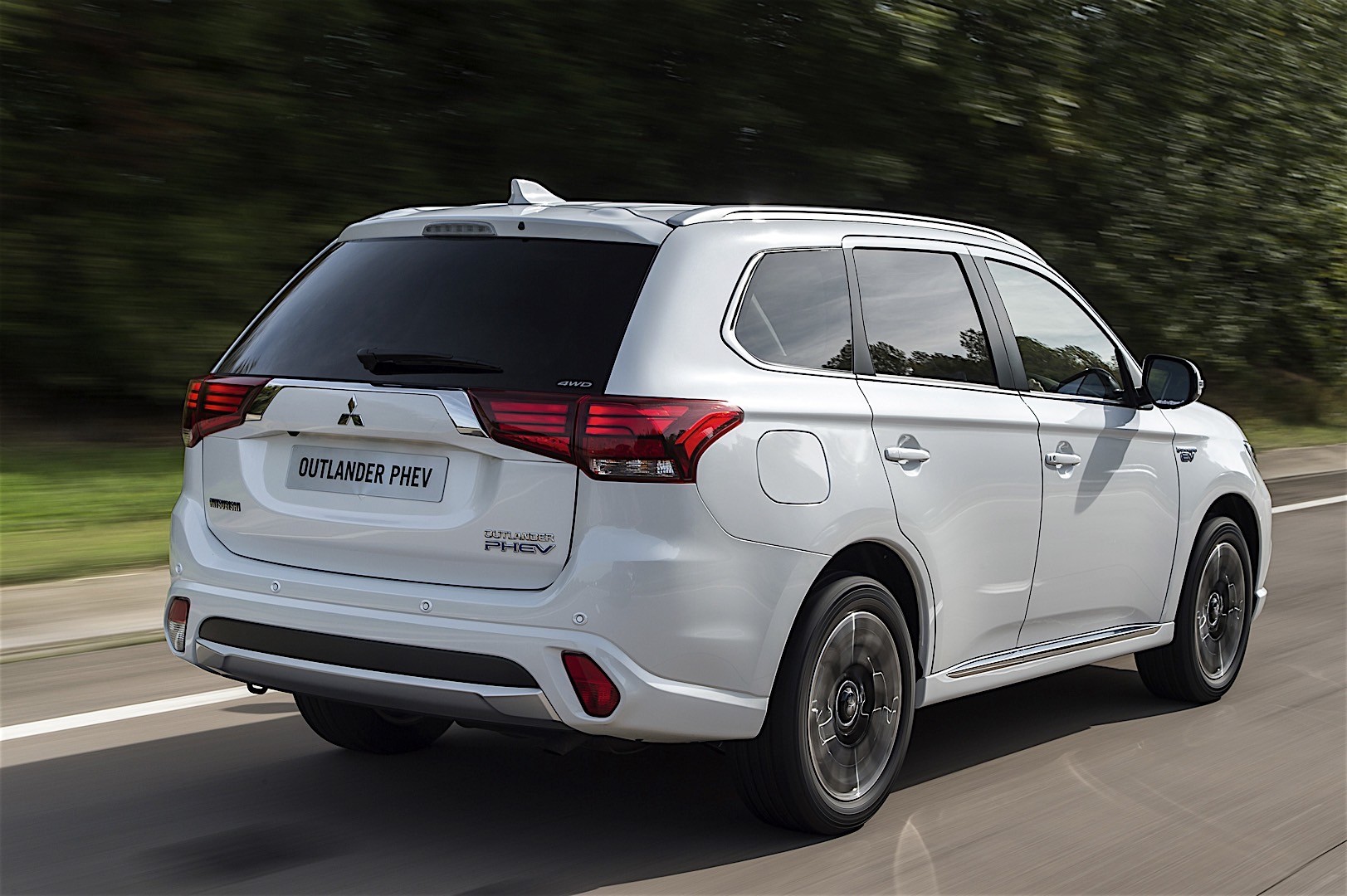
3. Mitsubishi Outlander
The Mitsubishi Outlander is one of the more budget-friendly three-row crossovers, which can make it seem like an appealing option for families looking to maximize seating at a lower price.
However, once you take a close look at the third-row seating, it becomes obvious that the design was more about checking boxes than offering real passenger comfort. The third row is cramped, hard to access, and lacks even the most basic accommodations for adult passengers. It’s a seat in name only, and many drivers report leaving it folded down permanently.
In terms of legroom, the Outlander ranks near the bottom among all three-row crossovers. Even with the second-row seats pushed forward, there’s barely enough space for an adult’s legs to fit, let alone stretch. The seat cushions are flat and very close to the floor, making for an awkward seating position that no one would voluntarily endure for more than a few minutes.
The rear-most area feels more like a penalty box than a viable seating solution. Mitsubishi itself seems aware of this, often limiting third-row marketing to mention that it’s only meant for children.
The access is just as problematic. The second-row seats don’t slide or fold as smoothly as they should, and the rear doors don’t open wide enough to allow for easy entry.
For older passengers or those with any mobility issues, climbing into the third row can be a real struggle. Once inside, passengers will find no air vents, no armrests, and minimal visibility out the side windows. The third row ends up being dark, stuffy, and incredibly claustrophobic, an environment that even children may not enjoy for long rides.
For buyers on a strict budget, the Outlander can make sense as a five-passenger vehicle with extra cargo room when the third row is folded. But marketing it as a true three-row SUV is misleading. Anyone looking for a vehicle that can actually carry seven people in reasonable comfort should steer clear of this model. The third row is simply not up to the task, and the compromises are too big to ignore.
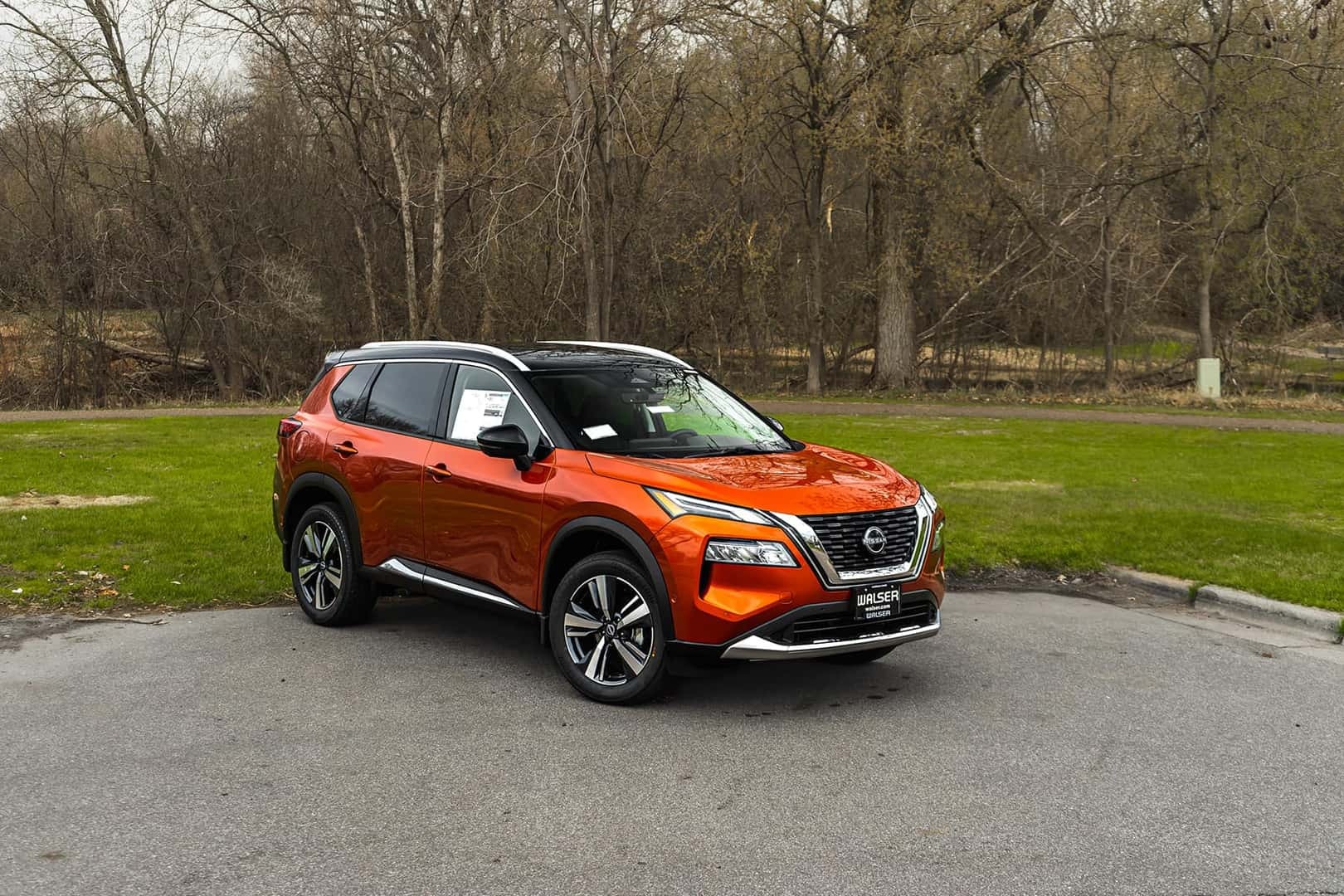
4. Nissan Rogue (with optional third row)
The Nissan Rogue used to offer an optional third row in earlier models, which created some confusion among buyers who thought they were getting a compact SUV with seven-passenger capability.
While that option has been discontinued in recent versions, the fact remains that the Rogue’s third row was among the most impractical in its class. The compact size of the Rogue already made it a questionable platform for three-row seating, and the final result proved to be more of a gimmick than a true utility feature.
The space in the third row was almost nonexistent. Legroom was incredibly tight, and the seat bottom was so low that passengers felt like they were sitting directly on the floor. Headroom was minimal as well, especially with the vehicle’s sloped roof design.
Trying to fit two adults back there was borderline comical; even children would struggle to find it comfortable for more than a short drive. The second-row seats had to be pushed so far forward to accommodate third-row passengers that it ended up compromising everyone’s comfort.
Another big problem was the access. The Rogue doesn’t have particularly large doors or wide openings, so getting to the third row meant squeezing through a narrow space and maneuvering awkwardly around the second-row seatbacks.
Once you made it in, the third-row seatback was thin and upright, offering little in the way of support. There were no real features or vents, and the space quickly became stuffy and unpleasant in warm weather. Visibility out the side was poor too, making the rear seats feel enclosed and uninviting.
Thankfully, Nissan moved away from offering a third row in the Rogue, likely due to feedback pointing out how ineffective it was. But for anyone considering an older model or a used Rogue with the seven-passenger option, it’s best to view it as a five-passenger vehicle with a novelty seat in the back. The Rogue’s strength lies in its comfort and efficiency as a compact crossover, not in trying to stretch itself into something it’s not built to be.

5. Volkswagen Tiguan (Third-row models)
The Volkswagen Tiguan is a compact SUV that tried to stand out by offering a third-row seat in its longer-wheelbase versions. This feature allowed it to market itself as a three-row vehicle in a segment where most competitors stick to two rows. But while the idea might sound good on paper, the execution falls far short.
The third-row seat in the Tiguan is too small to be considered practical for adults, and even older children may find it restrictive. In reality, it’s more of a bonus shelf than a usable row of seats.
The Tiguan’s third row suffers from several limitations, starting with its dimensions. With very little legroom and a tight floor-to-ceiling height, passengers in the back sit in a crouched position, knees bent sharply with no room to stretch.
The flat and thin seat cushions offer little support, making the seating position even more uncomfortable for anything longer than a ten-minute ride. Despite its relatively long body for a compact SUV, the Tiguan simply doesn’t have enough interior space to create a legitimate third row.
Getting into the third row is another issue. The second-row seats must be slid forward, which reduces legroom in the middle and requires a degree of flexibility that not all passengers have.
The step-in height and narrow opening mean that anyone trying to enter or exit the third row has to do a bit of awkward maneuvering. Once seated, passengers will notice that there are no dedicated vents or power outlets, which leaves the rear row feeling like an afterthought rather than part of the vehicle’s core design.
For occasional use by small kids, the Tiguan’s third row might come in handy, especially in emergencies or for short city drives. But if your goal is to carry adults or even full-grown teens in reasonable comfort, this SUV is not the right tool for the job. It’s better considered a two-row SUV with an extra jump seat in the back, rather than a true seven-seater. Buyers looking for real third-row usability should skip the Tiguan and consider midsize options with more space and better layout.
Also Read: 10 Classic Cars That Were Once Popular but Are Now Forgotten
Choosing the right SUV often comes down to more than just how it looks or what it claims on paper. For many buyers, especially those with large families or frequent passengers, the usability of the third row can make or break the ownership experience.
A vehicle might advertise seating for seven or eight, but if the third row is too cramped for adults or even older kids, it becomes wasted space. On the other hand, an SUV with a properly designed third row adds real functionality, turning it into a flexible option for carpooling, travel, or daily errands without sacrificing comfort for those in the back.
The difference between a usable third row and a useless one often comes down to thoughtful design. It’s about more than just how many seats can be crammed into the cabin. Legroom, seat height, headroom, ease of access, and even amenities like vents and USB ports all affect how comfortable the space actually is.
The best SUVs with roomy third rows, like the Chevrolet Tahoe, Ford Expedition, Kia Telluride, Hyundai Palisade, and Volkswagen Atlas, understand this. They offer third rows that aren’t just placeholders, but full-fledged seating areas that consider the needs of adult passengers.
On the other side, SUVs like the Toyota Highlander, Mazda CX-9, Mitsubishi Outlander, older Nissan Rogues, and third-row-equipped Volkswagen Tiguan tend to include the third row as more of a selling point than a usable feature.
While they may technically seat seven, they force compromises in space and comfort that make the third row impractical for everyday use. In some cases, buyers end up keeping the third row folded down permanently just to gain back usable cargo space or avoid the hassle of getting people in and out of the back.
Before buying, it’s important to be realistic about how the vehicle will be used. If the third row is going to be occupied regularly by adults or older children, it’s worth focusing on vehicles that truly support that use case. Test the seats yourself, adjust the second row, and see how it feels, not just for the driver but for the person riding in the back.
That hands-on experience can reveal the real difference between marketing language and practical design. In the end, comfort and usability should be just as important as specs and style when choosing a three-row SUV.

